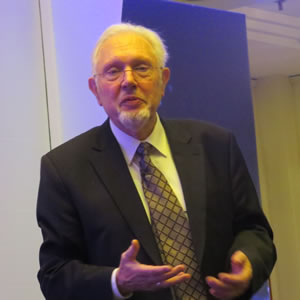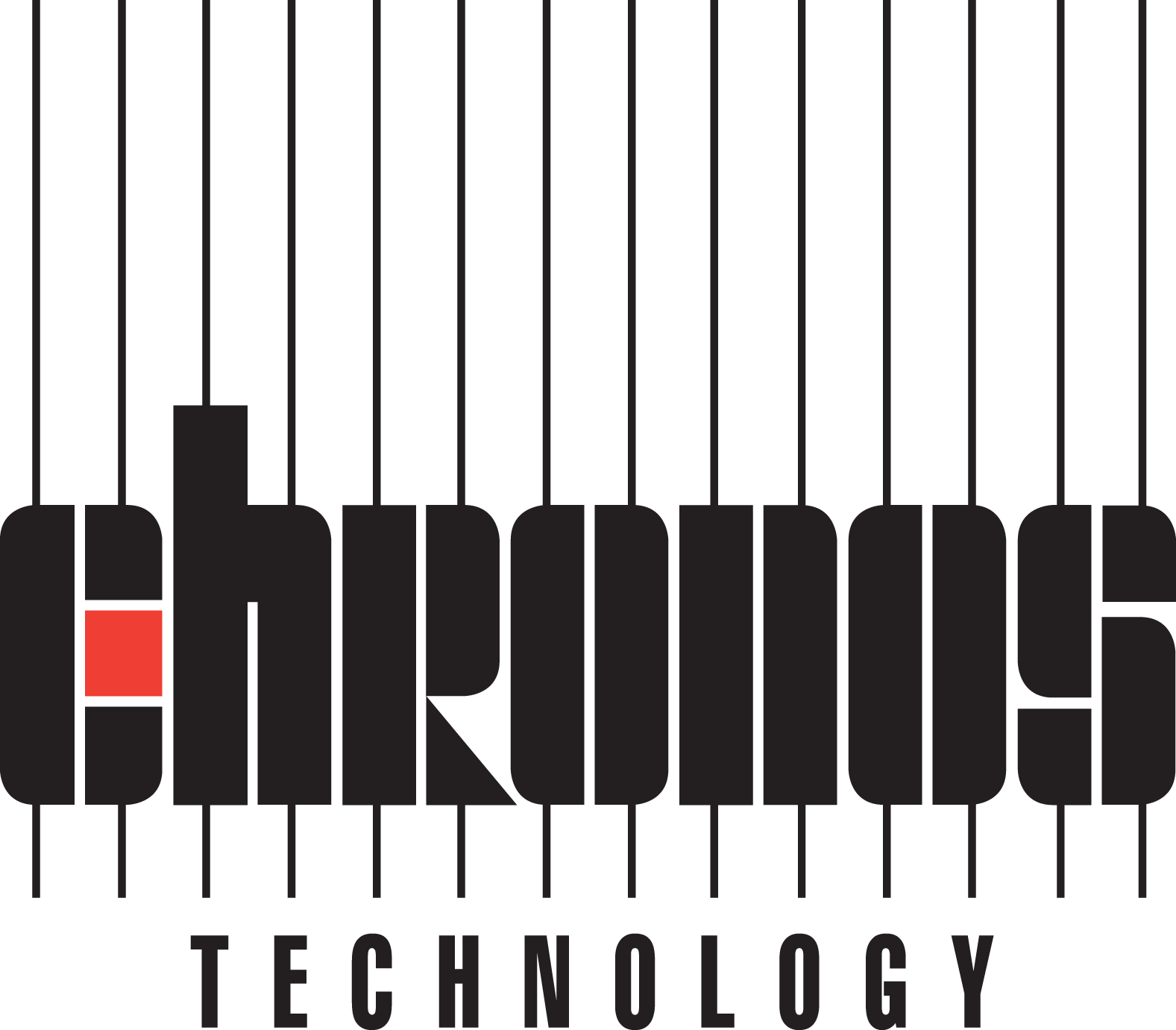Gerhard received his Diploma Engineer Degree in Electronic Engineering from Munich Technical University in 1967 and immediately joined Siemens Communication Lab where he remained for 35 years. Initially Gerhard was working as a development engineer in a totally analogue environment while almost all  communication on cable was based on carrier frequencies in a single side band transmission format.
communication on cable was based on carrier frequencies in a single side band transmission format.
During the transition to fully digital communications, the carrier generation was already based on a pattern of oscillators all synchronised to a frequency pilot with very high stability. Unlike the channel equipment with all the filters, it was close to the clock requirements later used in digital transmission systems. The development of high stability quartz oscillators in a thermostat almost seamlessly lead to secondary frequency standards. Those devices were almost identical to clocks we now call SSU. In the years between 1974 and 1979 Gerhard was involved in the development of coaxial repeaters for systems up to 565Mbit/s.
Between 1980 and 1985 the copper based systems gradually migrated to optical fibre systems still using the so-called plesiochronous bitrates standardized in ITU-T recommendations. Gerhard as project leader for 34Mbit/s and 140Mbit/s was already involved in early attempts to standardise the fibre equipment including service channel transmission for supervision purposes. In this period of time, the wavelength of 850nm disappeared and was replaced by 1300nm because of much lower attenuation and almost zero dispersion. Due to the rapid development of better fibres (single mode) and the appearance of Erbium doped fibre amplifiers for the new optical window at 1550nm the attempted standardisation was not successful. At this time Gerhard was also responsible for many negotiations with the Deutsche Bundespost which later became German Telekom. Defining the requirements in terms of frequency accuracy and jitter for all the companies dealing with the Bundespost systems was a good preparation for Gerhard’s contributions within ITU Study Group 15.
In 1986 and 1987 Gerhard worked as a consulting engineer for the whole range of optical transmission and electrical multiplexing at Databit and Siemens Transmission Systems in Hauppauge NY, USA. A development similar to SONET – transmission for 3 multiplexed DS3 – signals started in 1987 but later was replaced by a more sophisticated one which became OC-3. Between 1988 and 1993, OC-3, OC-12 and OC-48 finally became standardized. Gerhard was involved in sub-projects mainly dealing with the development of ICs with very low jitter production combined with high jitter tolerance. Simultaneously he started the development of the SEC (Synchronous Equipment Clock) and optical receivers with high sensitivity.
ITU Activities
From 1994 until 2002 Gerhard concentrated on computer aided design using Berkley SPICE and its derivatives in order to allow ‘rapid prototyping’. He became a delegate to ITU-T (Geneva) and ETSI, involved in ITU-T recommendations G.810, G811, G.812, G.823, G.825 and the respective ETSI standards. These standards cover all aspects of jitter and wander for electrical and optical interfaces, including pointer induced effects and the performance of clocks.
Freelance time, retirement
In 2002 Gerhard left Siemens and started his freelance activities covering mainly computer simulation of oscillators, clock and data recoveries as well as other circuits for optical transmission. Simulation of pump – laser control loops in fibre amplifiers and circuitry were some of his activities. In 2010 he was working on service channels with a special coding scheme at the wavelength 1530nm.
Publications and patents
Gerhard has published articles about quartz oscillators and fibre optics, some with co-authors, and holds approximately 60 patents. His close and fruitful cooperation with Hans Irnsperger should be noted. Hans developed important parts of the control loop for the first Synchronisation Control Units.
